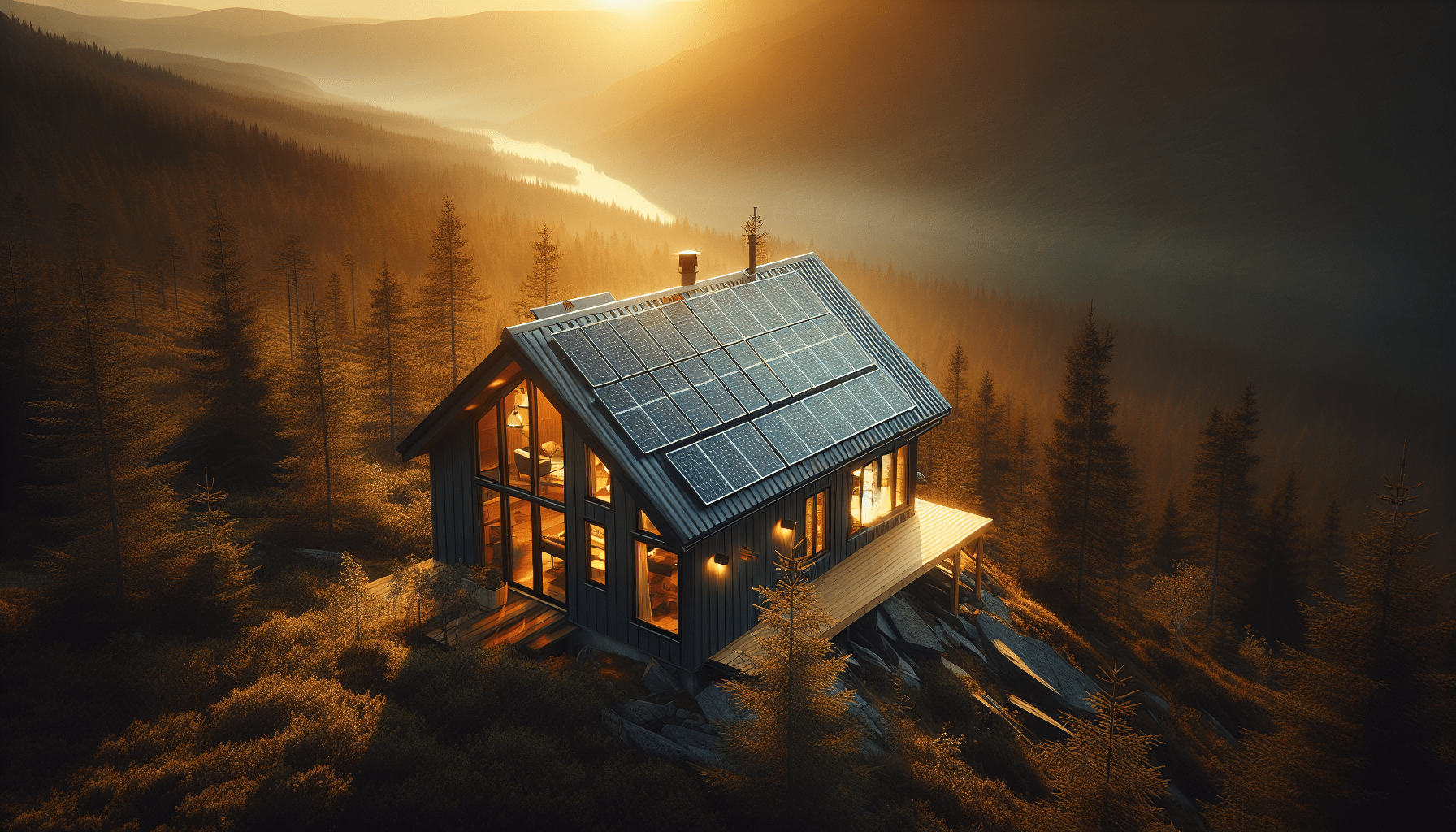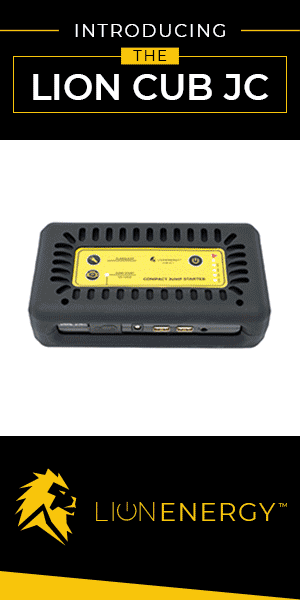Introduction
Off-grid living offers freedom from utility bills and energy independence, but it also comes with the challenge of finding a reliable power source. The best solar power kits for off-grid living provide a sustainable, eco-friendly, and cost-effective solution for generating electricity in remote locations.
Whether you’re setting up a solar-powered cabin, RV, tiny home, or a full-fledged off-grid homestead, choosing the right solar kit is crucial. In this ultimate buyer’s guide, we’ll cover the top solar power kits, what to look for in an off-grid solar system, and tips on maximizing efficiency.
🔍 Why Choose Solar Power for Off-Grid Living?
Going off-grid means relying entirely on renewable energy sources to power your home. While generators can serve as backup solutions, solar power is the best choice for long-term energy independence because:
✅ Sustainable & Renewable – Solar energy is abundant and doesn’t deplete natural resources.
✅ Lower Energy Costs – Once installed, solar panels generate free electricity for decades.
✅ Minimal Maintenance – Unlike gas generators, solar systems require little upkeep.
✅ Quiet & Eco-Friendly – No emissions, no noise pollution—just clean energy.
However, choosing the right off-grid solar power kit depends on factors like power output, battery capacity, and expandability. Let’s break it down.
⚡ How to Choose the Best Off-Grid Solar Power Kit
Before purchasing a solar kit, consider the following key factors to ensure it meets your energy needs.
1️⃣ Calculate Your Energy Requirements
- Identify the wattage of all appliances you plan to power.
- Use this formula:
Total daily energy use (Wh) = Appliance Wattage × Hours Used Per Day - A small cabin might require 1000-2000W, while a full-time off-grid home could need 5000W or more.
2️⃣ Choose the Right Battery Type
- Lead-acid batteries (cheaper but heavier and shorter lifespan).
- Lithium-ion batteries (more expensive but last longer and charge faster).
- LiFePO4 batteries (high efficiency, safe, and long-lasting).
3️⃣ Select the Correct Inverter Size
- Converts DC power (solar energy) into AC power for home appliances.
- Pure sine wave inverters are best for sensitive electronics.
- Choose an inverter at least 20% larger than your total power needs.
4️⃣ Ensure Your System is Expandable
- If you plan to increase power usage later, select a system with extra battery storage and solar panel compatibility.
🌞 Top 5 Best Solar Power Kits for Off-Grid Living in 2025
1️⃣ Renogy 400W 12V Solar Panel Kit (Best for Beginners)
💰 Price: $$ | ⚡ Power Output: 400W
✅ Ideal for RVs, cabins, and tiny homes
✅ MPPT charge controller for higher efficiency
✅ Expandable system for future power upgrades
✅ High-quality monocrystalline solar panels
🔹 Best For: Small-scale off-grid setups, RV travelers, and first-time solar users.
2️⃣ Bluetti AC200P Solar Generator Kit (Best All-in-One System)
💰 Price: $$$ | ⚡ Power Output: 2000W
✅ Portable power station with built-in lithium battery
✅ Can charge via solar panels, AC, or vehicle power
✅ Plug-and-play design—no complex installation
✅ Fast-charging with MPPT technology
🔹 Best For: Those needing a reliable portable power solution for off-grid travel, camping, or emergency backup.

3️⃣ ECO-WORTHY 2400W Solar Kit (Best for Full-Time Off-Grid Homes)
💰 Price: $$$$ | ⚡ Power Output: 2400W
✅ Includes 6 x 400W high-efficiency solar panels
✅ LiFePO4 battery for long-lasting storage
✅ Comes with pure sine wave inverter for home appliances
✅ Can power refrigerators, lights, TVs, and other essentials
🔹 Best For: Permanent off-grid homes requiring a high-output system for daily living.
4️⃣ Jackery Solar Generator 1000 (Best for Portable Off-Grid Power)
💰 Price: $$ | ⚡ Power Output: 1000W
✅ Lightweight and portable for van life and emergency power
✅ Can recharge via solar panels, AC wall outlets, or car
✅ Integrated lithium battery with long cycle life
✅ Fast-charging and supports multiple devices
🔹 Best For: Off-grid adventures, camping, and backup power during outages.
5️⃣ WindyNation 400W Solar Kit (Best Budget Option)
💰 Price: $ | ⚡ Power Output: 400W
✅ Affordable off-grid starter kit
✅ Includes PWM charge controller (budget-friendly option)
✅ Expandable with additional solar panels
✅ Ideal for DIY setups, RVs, and weekend cabins
🔹 Best For: Those looking for an entry-level, budget-friendly solar power kit.
🛠️ Installation & Maintenance Tips for Off-Grid Solar Systems
🔧 DIY vs. Professional Installation
- DIY Installation: Suitable for small systems (under 2000W) if you’re comfortable with electrical work.
- Professional Installation: Recommended for large, complex setups requiring additional wiring, battery banks, and inverters.
🔋 Maximizing Battery Life
✅ Avoid overcharging or deep discharging the battery.
✅ Keep lithium and LiFePO4 batteries in a temperature-controlled space.
✅ Clean solar panels regularly for maximum energy absorption.
FAQs
1. How do I determine the right solar power kit for my off-grid setup?
To find the best solar kit, calculate your daily energy consumption by adding up the wattage of all devices you plan to run. Then, choose a kit that provides enough wattage and includes a battery bank to store excess energy for nighttime use.
2. How many solar panels do I need for off-grid living?
The number of panels depends on your energy needs and sunlight availability. Here’s a rough estimate:
- Small RVs or cabins: 400W–800W (1-2 panels)
- Medium off-grid homes: 2000W–3000W (6-10 panels)
- Large homes with high energy needs: 5000W+ (15+ panels)
3. Can I power my entire house with an off-grid solar kit?
Yes, but you’ll need a high-capacity battery bank to store excess energy for nighttime and cloudy days. A hybrid system with a backup generator is recommended for full-time off-grid living.
4. Which battery type is best for off-grid solar systems?
- Lithium-ion (LiFePO4): Best option—long lifespan, efficient, and lightweight.
- Lead-acid (AGM/Gel): Cheaper but heavier and shorter lifespan.
- Flooded lead-acid: Affordable but requires regular maintenance.
5. What’s the difference between MPPT and PWM charge controllers?
- MPPT (Maximum Power Point Tracking): More efficient, extracts maximum energy from solar panels, and is best for large systems.
- PWM (Pulse Width Modulation): Budget-friendly but less efficient, better for smaller systems.
6. How long do off-grid solar kits last?
- Solar panels: 25-30 years
- Lithium batteries: 10-15 years
- Lead-acid batteries: 3-5 years
- Charge controllers & inverters: 10+ years with proper care
7. Can I expand my off-grid solar system later?
Yes! Many kits allow expansion by adding more solar panels and batteries. Just ensure your inverter and charge controller can handle extra capacity.
8. Do off-grid solar kits work in cloudy weather?
Yes, but energy production will be lower. To compensate, install extra panels or use a backup generator for power during low-sunlight days.
9. What maintenance is required for an off-grid solar system?
- Clean solar panels regularly to remove dust and debris.
- Check battery levels and connections for corrosion.
- Monitor system performance using a solar charge controller or app.
10. Can I install an off-grid solar power kit myself?
Yes, small systems (under 2000W) can be DIY-installed with basic electrical knowledge. However, for larger systems, professional installation is recommended for safety and efficiency.

⚡ Final Thoughts: Achieve Energy Freedom with the Best Solar Kits
The best solar power kits for off-grid living provide energy independence, eco-friendly power, and long-term savings. Whether you need a small, beginner-friendly setup like the Renogy 400W kit, a portable solar generator like Jackery, or a full-scale off-grid home system like the ECO-WORTHY 2400W kit, there’s an option for every off-grid enthusiast.
Ready to power your off-grid dreams with solar energy? Choose the best kit that fits your needs and start enjoying true energy freedom today!
Disclosure: As an Amazon Associate, I earn from qualifying purchases.


